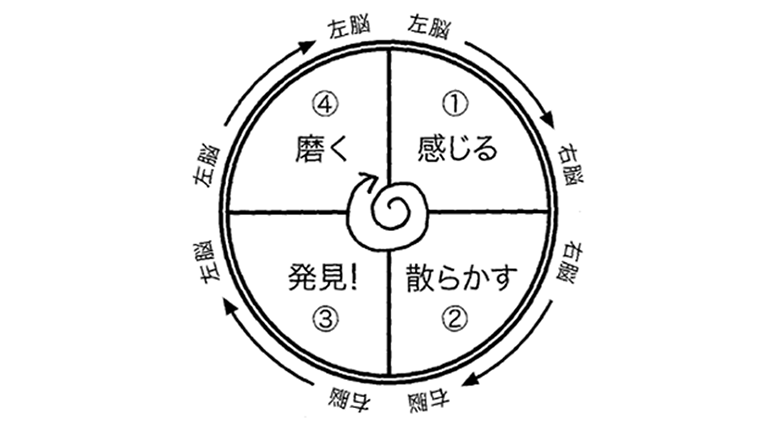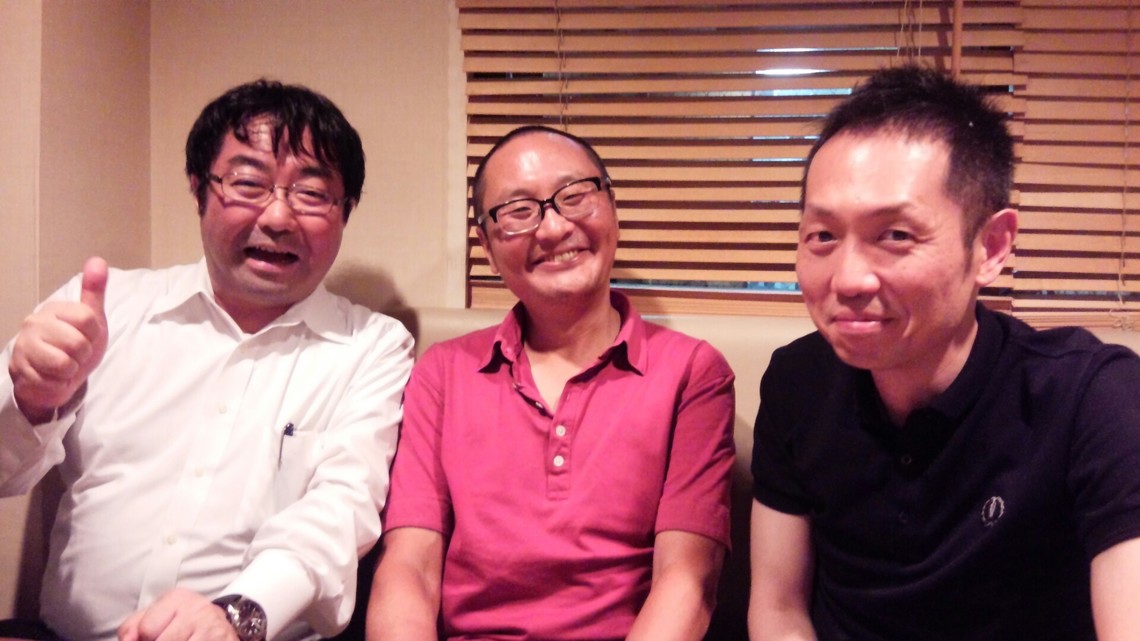So, everyone. What do you think so far? According to art director Yuhi Shimomura, at this year's Cannes Lions, 18 out of 28 Grand Prix awards went to entries tackling "social issues" like refugees and discrimination. In other words, "solving social issues" should be a familiar theme for the advertising industry. Yet, given that, don't you think there's a significant difference in process between our industry and public policy studies? 
Actually, the author of this book, Mr. Akiyoshi, is a former seminar classmate from university. Under the pretext of celebrating his book's publication, I lured him out to the nightlife district and bluntly asked, "Why is the approach so different?"
Among his thoughtful answers, one thing that stuck with me was the origins of the discipline. Public policy studies apparently began with the ideal that "if we analyze things scientifically and objectively, we can implement the right policies." Admittedly, even in academia today, few would argue that "ultimately, we can automatically generate policies." Still, many likely want to make policy decisions rationally. This fundamental mindset may differ from advertising, which deals with human communication—something reason alone can't fully explain—and values sensibility.
On the other hand, while public policy studies once focused on "policy decisions within ministries and the Diet," recent years have seen increased attention on how undesirable states are framed as problems beforehand—what's termed "framing" in technical jargon. For instance, is the declining birthrate problem "a problem of children not being born," "a problem of the elderly population increasing," "a problem of population decline," or "a problem of women not advancing in society"? The perspective is that the framework used to define the problem will determine the response.
This is precisely the difficulty of defining "challenges" as discussed in the advertising industry. It is a point deeply connected to "deep human understanding." Despite public policy studies aiming to be an "interdisciplinary" field integrating multiple disciplines, it has so far been dominated by political scientists and public administration scholars. It may still be underutilizing insights from business administration, design, and advertising communication. This suggests significant room for further development.

On the right is Professor Akiyoshi. On the left is Professor Koichiro Tezuka from Nihon University, also a seminar colleague.
...and so on. With Tanaka ginger risotto and perfectly cooked meats as accompaniments, I ended up gulping down wine, so I don't recall the finer details from midway onward. In any case, the approach is clearly different from "advertising common sense," which is refreshing. For those interested, I highly recommend 'Introduction to Public Policy Studies'.
Please, help yourself!










